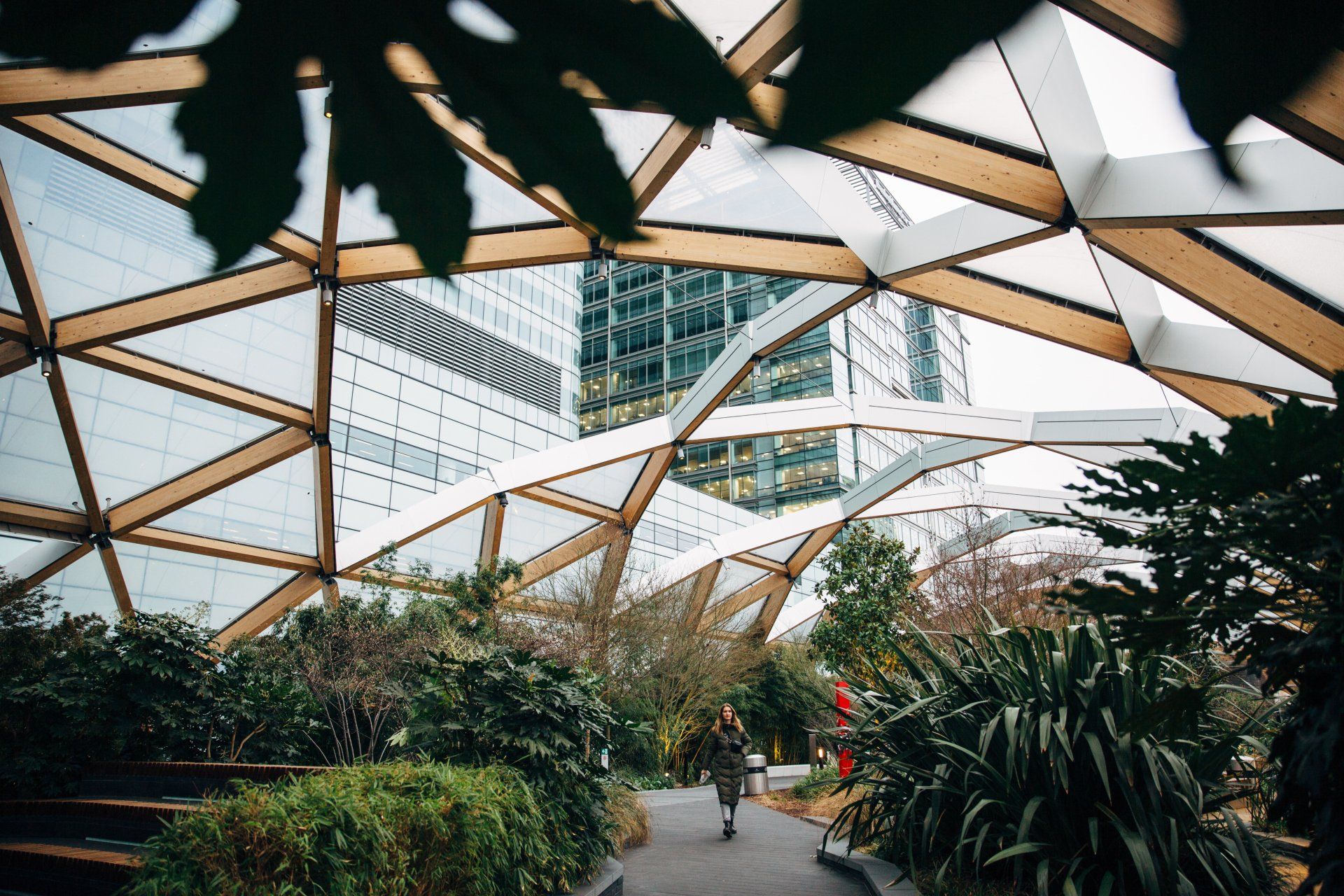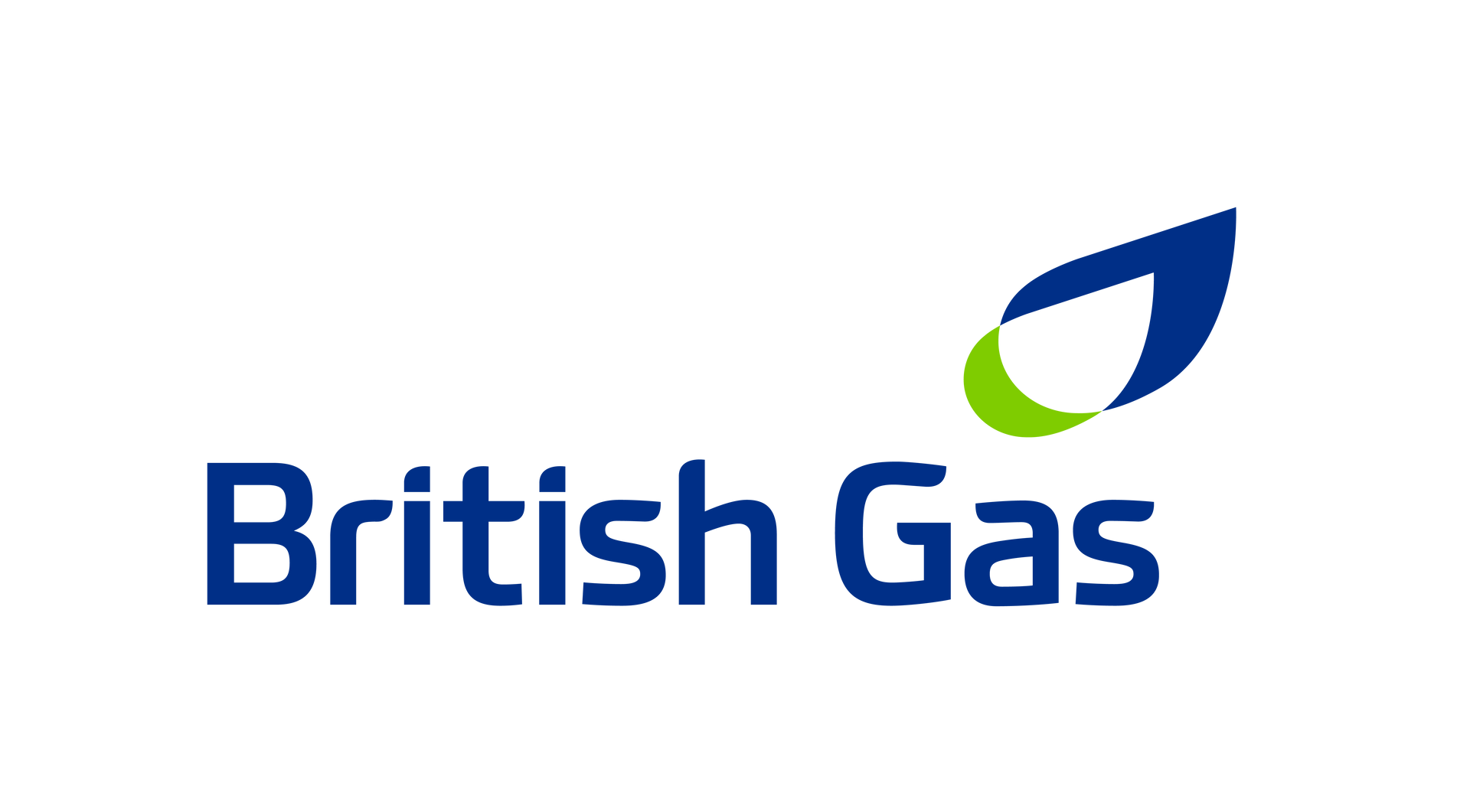The UK’s first green number plates have hit the roads as the country prepares to accelerate the transition to electric vehicles (EVs) as part of the 2050 net zero commitment. The introduction of the new plates builds on the government’s announcement last month to end the sale of new petrol and diesel cars and vans in the UK by 2030.
The UK’s first green number plates have hit the roads as the country prepares to accelerate the transition to electric vehicles (EVs) as part of the 2050 net zero commitment. The introduction of the new plates builds on the government’s announcement last month to end the sale of new petrol and diesel cars and vans in the UK by 2030.
Raising awareness
Transport Minister Rachel Maclean announcement the introduction of the new plates, that will be identifiable by a green flash on the left-hand side and will help raise awareness of the cleaner vehicles on the road.
Ms. Maclean said: “We are going further and faster than any other major economy to decarbonise transport, improving air quality in our towns and cities in the process and harnessing the power of clean, green technology to end the UK’s contribution to climate change by 2050.
Incentives for drivers
The green number plates, which can be combined with the Union flag and national identifiers already permitted by the regulations, will help drivers benefit from local initiatives such as cheaper parking and cost-free entry into zero-emission zones.
Ms. Maclean said: “Not only will green number plates raise awareness of the increasing number of cleaner vehicles on our roads, they could also unlock a number of incentives for drivers. It’s clear there has never been a better time to make the switch to a zero-emission vehicle.”
British Gas Business Solutions
At British Gas Business, we offer workplace electric charging enabling businesses to go green. We’re EV installation experts having installed over 3,500 commercial electric vehicle charging points, including helping two Honda dealerships prepare for the arrival of their new electric range. Find out more about our workplace electric charging points and how your business can benefit by making the transition to electric below.




